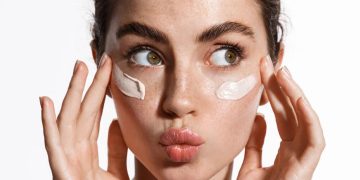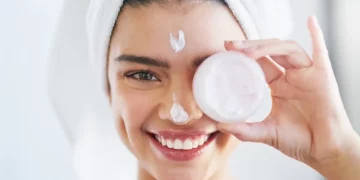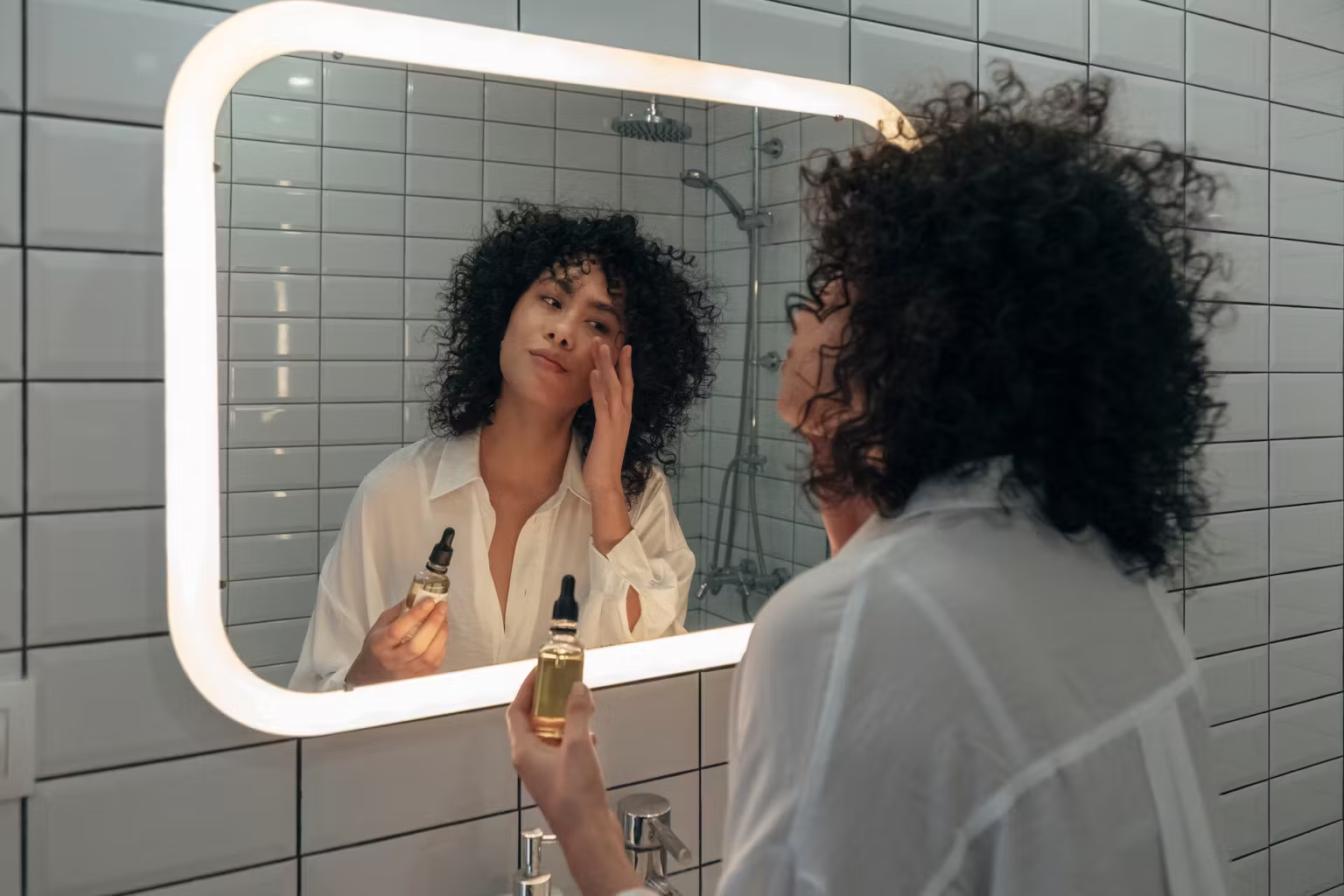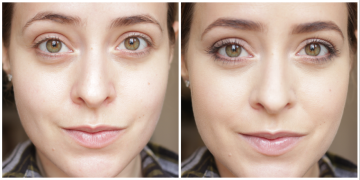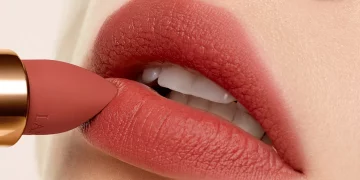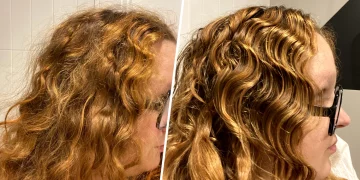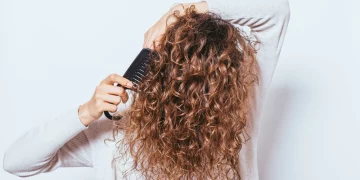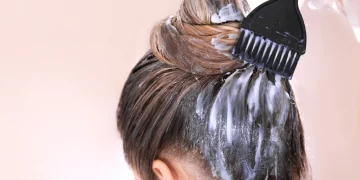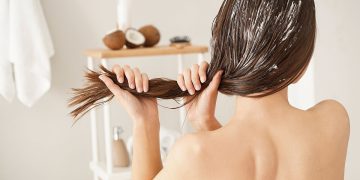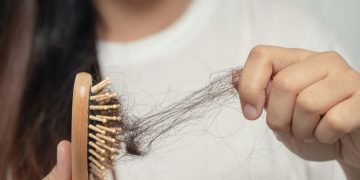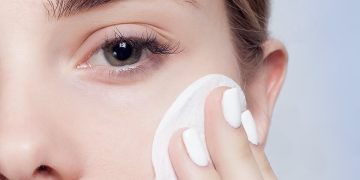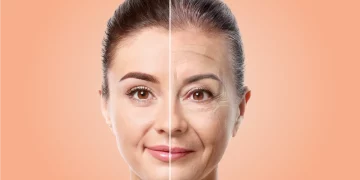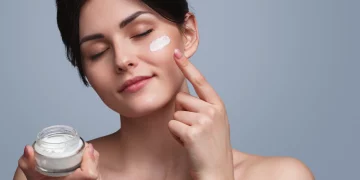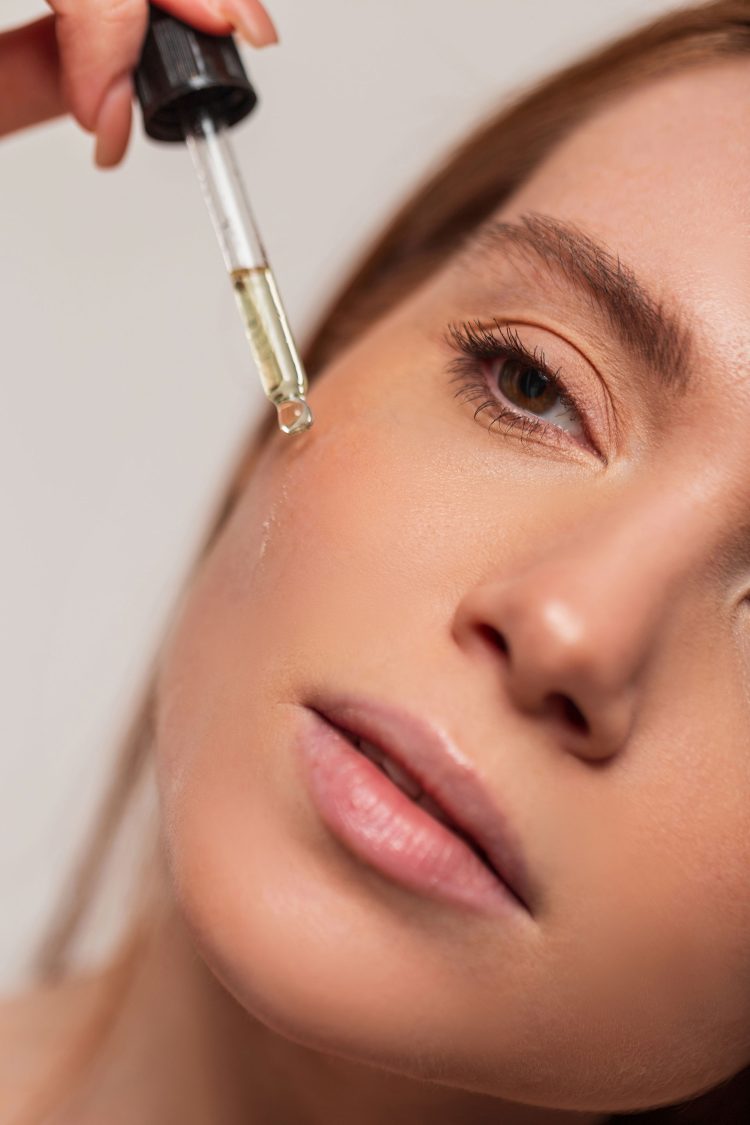Introduction: The Rise of PRP Therapy
In recent years, PRP (Platelet-Rich Plasma) therapy has gained significant attention in the beauty and skincare industry. Celebrities, influencers, and even dermatologists are turning to this treatment to rejuvenate skin, combat hair loss, and treat a range of other age-related concerns. Marketed as a natural, non-invasive solution, PRP therapy involves drawing a small amount of your blood, processing it to isolate the platelets, and then re-injecting the plasma into areas of concern, such as your face or scalp.
But with all the buzz surrounding PRP, a key question remains: Is it truly the next big beauty breakthrough or is it a high-risk, overhyped treatment that doesn’t deliver the results it promises? In this article, we will explore the benefits, risks, and the science behind PRP therapy to determine whether it is a safe and effective choice for your skincare or hair restoration needs.
1. What is PRP Therapy and How Does it Work?
1.1. Understanding PRP: The Basics
PRP therapy is based on the idea that platelet-rich plasma, derived from your own blood, contains a high concentration of growth factors that can stimulate tissue regeneration, collagen production, and cell turnover. The process typically involves three main steps:
- Blood Draw: A small amount of blood (about 10-20 ml) is drawn from your arm, similar to a regular blood test.
- Plasma Separation: The blood is then processed in a centrifuge to separate the platelet-rich plasma from the other components of your blood (red blood cells, white blood cells, etc.).
- Re-injection: The concentrated plasma, which is rich in growth factors, is injected into targeted areas of your face, scalp, or body.
By introducing these growth factors back into the skin or scalp, PRP aims to stimulate healing, encourage the growth of new cells, and restore a youthful appearance.
1.2. PRP for Skin Rejuvenation
PRP is often used in facial treatments to improve skin texture, tone, and elasticity. When injected into the face, it can help:
- Reduce fine lines and wrinkles
- Improve skin texture and smoothness
- Increase collagen production
- Minimize acne scars and sun damage
It works by stimulating fibroblasts (the cells that produce collagen) to promote the healing and regeneration of the skin. This results in a plumper, more youthful appearance.
1.3. PRP for Hair Restoration
Another popular use of PRP is for hair loss treatments, particularly for conditions like androgenetic alopecia (pattern baldness) or alopecia areata. When injected into the scalp, PRP helps:
- Stimulate dormant hair follicles
- Promote hair growth
- Improve hair thickness and density
The theory behind this is that the growth factors in PRP can revitalize hair follicles, prolong the hair growth phase, and improve the overall health of existing hair.
2. The Benefits of PRP Therapy
2.1. Natural and Safe (For Most People)
One of the most significant benefits of PRP therapy is that it uses your own blood, which means there’s a very low risk of allergic reactions or rejection. Because the plasma is extracted from your body and then reintroduced to the same area, PRP is considered a natural treatment with minimal risk of side effects compared to other cosmetic procedures.
2.2. Minimal Downtime
PRP therapy is often referred to as a “lunchtime procedure” due to its minimal downtime. After the treatment, you can generally return to your normal activities, though it’s recommended to avoid strenuous activities or direct sun exposure for a short period. Some redness, swelling, or bruising at the injection sites may occur, but these effects typically resolve within 24 to 48 hours.
2.3. Long-Lasting Results for Skin and Hair
Unlike some topical treatments or over-the-counter products, PRP can deliver long-lasting results. When it comes to skin rejuvenation, many patients notice improvement after just one session, although a series of treatments (usually 3-4) is often recommended for optimal results. The results can last for several months to a year, and maintenance treatments can be done periodically.
For hair restoration, PRP can provide noticeable improvements in hair thickness and density. However, as with any hair treatment, results may vary, and it may take a few months before noticeable changes appear.

3. PRP Risks and Side Effects: Is it Safe for Everyone?
3.1. Common Side Effects
While PRP therapy is generally considered safe, it does come with some potential side effects. These are usually temporary and mild:
- Bruising and Swelling: As with any injection, there’s a risk of mild bruising or swelling at the treatment site.
- Redness: There may be some redness and irritation, especially if PRP is injected into the face.
- Tenderness: The area where the PRP is injected can feel tender or sore for a few days.
3.2. Infection Risk
As with any procedure that involves injections, there is a small risk of infection. However, this risk can be minimized by choosing a licensed, experienced practitioner and ensuring that sterile techniques are followed during the procedure.
3.3. Uneven Results
While PRP therapy can provide excellent results, there is no guarantee that every patient will achieve the same level of improvement. Factors like the condition of your skin, age, lifestyle, and genetics can influence how well you respond to the treatment. Some patients may not see significant changes, especially with a single session.
3.4. Not Suitable for Everyone
PRP therapy may not be suitable for individuals with certain health conditions, including:
- Blood disorders: People with blood clotting issues or platelet dysfunction may not be good candidates for PRP therapy.
- Active infections: If you have an active skin infection or an autoimmune condition, you should avoid PRP until the condition is treated.
- Pregnancy and breastfeeding: The safety of PRP during pregnancy or breastfeeding has not been well-established, so it’s best to avoid it during these times.
Before opting for PRP, always consult with a qualified professional to ensure that the treatment is right for your specific needs.
4. Is PRP Therapy the Right Choice for You?
4.1. PRP for Skin
If you’re looking for a non-surgical, natural way to improve skin texture, reduce fine lines, and restore youthful radiance, PRP therapy could be a great option. It’s especially beneficial for those who want to avoid invasive procedures like facelifts or botox injections but still desire noticeable improvements in their skin.
However, PRP may not be the best option for those seeking dramatic results, as it tends to work best on individuals with mild to moderate signs of aging. If you’re looking for a quick fix or extensive wrinkle reduction, PRP might not provide the same immediate or dramatic results as some other treatments.
4.2. PRP for Hair Loss
For those suffering from hair thinning or hair loss, PRP therapy has shown promising results. If you’re in the early stages of hair loss and want to regrow hair naturally, PRP could be an excellent alternative to more invasive procedures like hair transplants.
However, PRP isn’t a magic cure for severe baldness. It’s most effective for those with mild to moderate hair thinning and may require ongoing treatments for best results.
5. Conclusion: The Future of PRP Therapy in Aesthetic Treatments
PRP therapy is undoubtedly a promising treatment for those seeking non-invasive solutions for both skin rejuvenation and hair restoration. It’s a natural, relatively safe option with a minimal recovery time and the potential for long-lasting results. However, like any treatment, it comes with its risks, and not everyone will achieve the same outcome.
Ultimately, whether PRP is right for you depends on your specific goals and needs. If you’re seeking to rejuvenate your skin or improve hair density, PRP can offer a non-invasive option with great potential. However, be sure to consult with a skilled practitioner and manage your expectations to ensure that the treatment delivers the best results for you.
In the rapidly evolving world of aesthetic treatments, PRP therapy is likely to continue evolving as a trusted, innovative solution—just be sure to make an informed decision before diving in.


